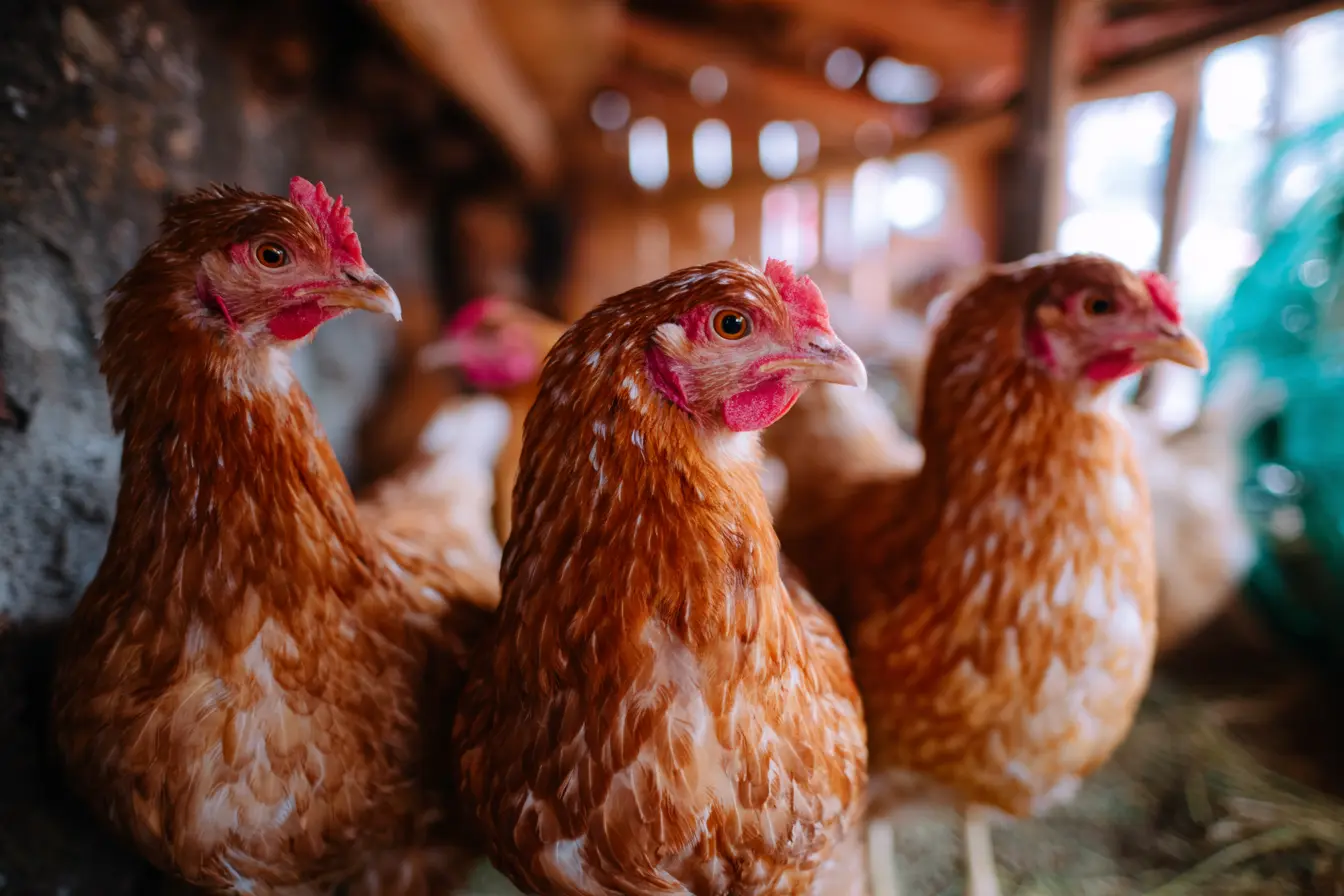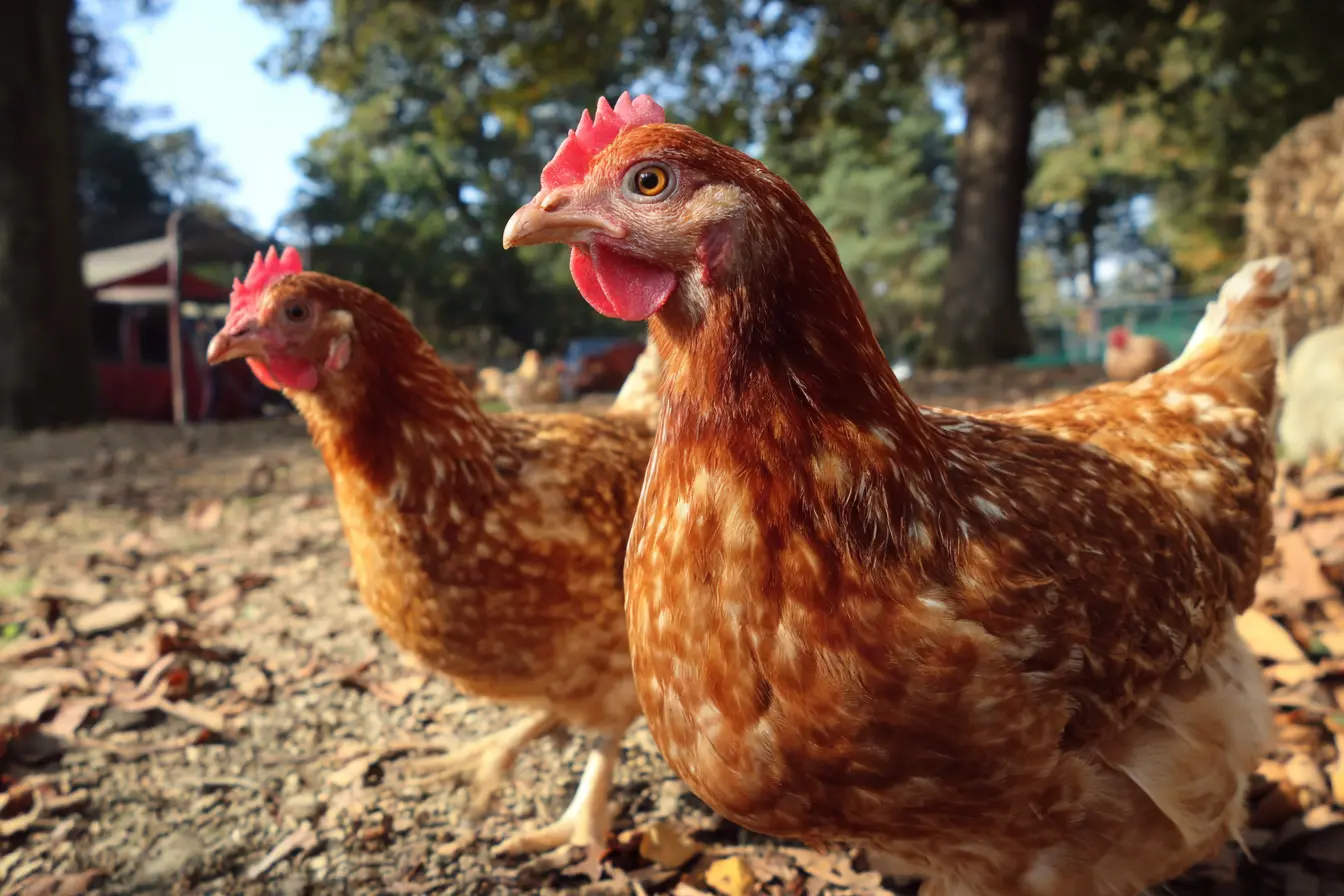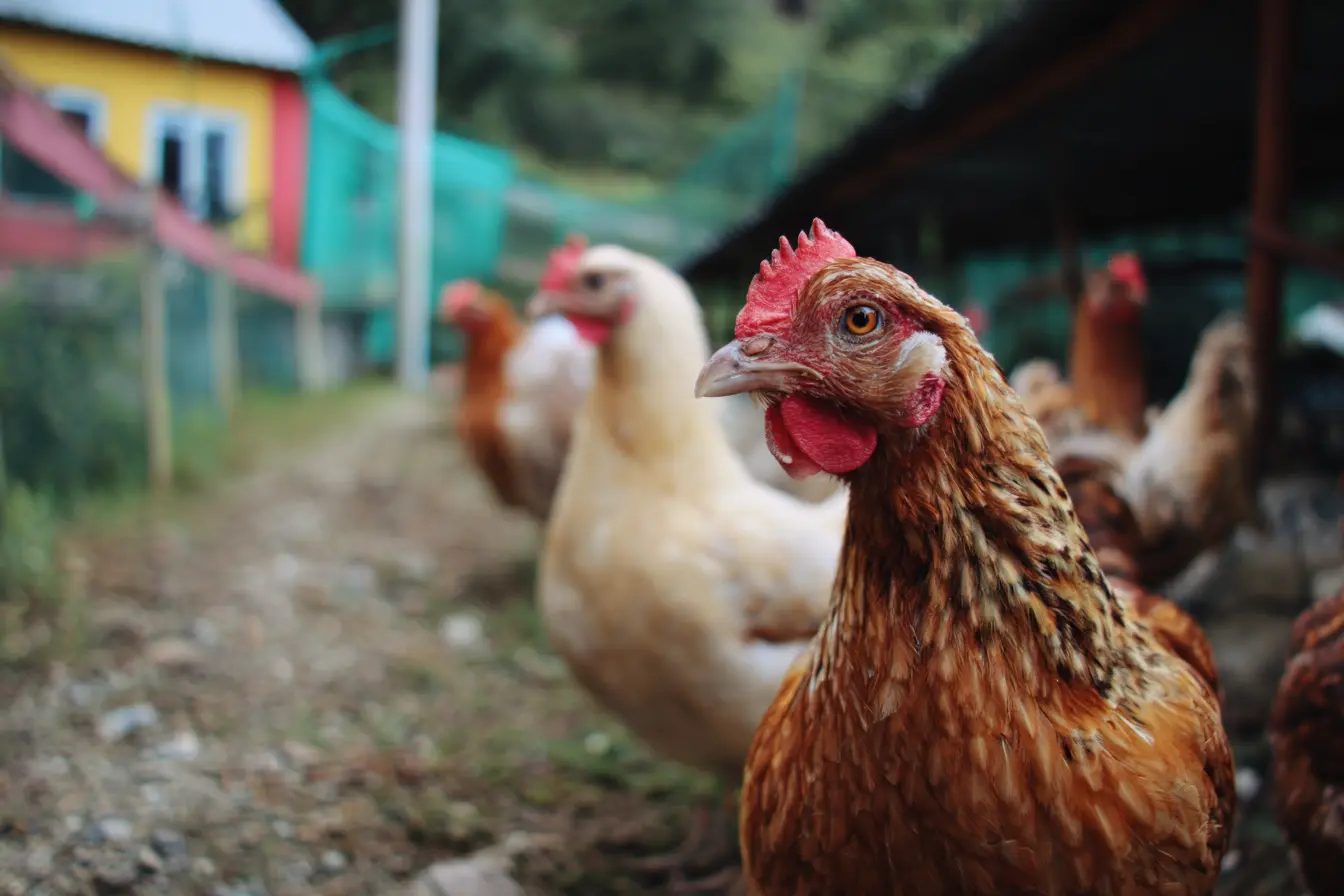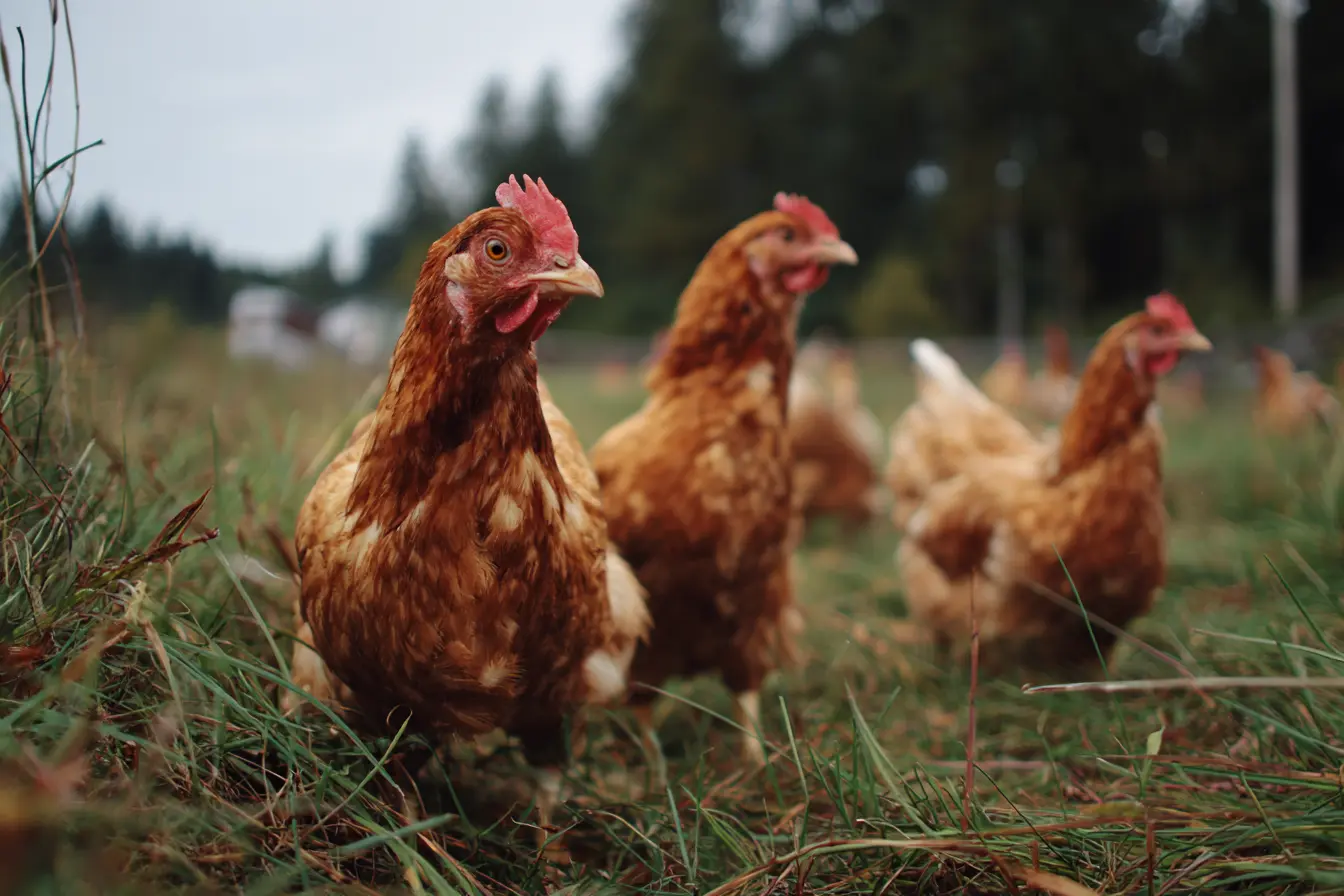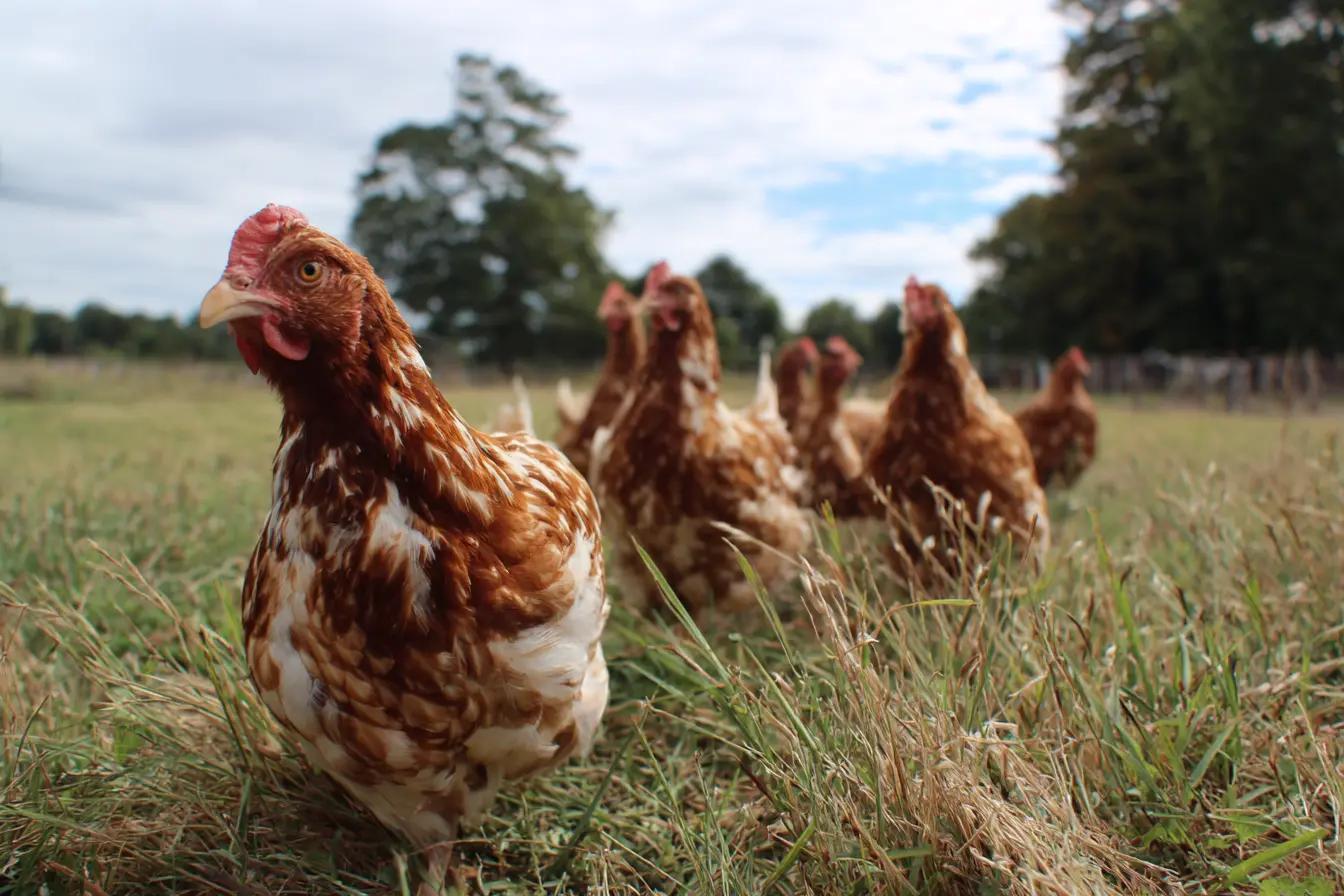
Recognising and Treating Prolapse in Chickens
Prolapse is a distressing but relatively common condition in backyard hens. Recognising the signs early and responding promptly can make a significant difference in a hen's chance of recovery. This post provides chicken owners with practical guidance on identifying, treating, and preventing prolapse.
What is Prolapse?
Prolapse, also known as a prolapsed vent or prolapsed oviduct, occurs when a portion of the hen's reproductive tract is pushed outside of the vent (cloaca). It most commonly happens after the hen lays a large or misshapen egg, but can also result from straining or underlying health conditions.
Signs to Watch For
If you suspect a prolapse, check your hen for the following symptoms:
- A red, swollen mass protruding from the vent
- Bleeding or peck marks around the vent
- Straining or difficulty passing droppings
- Lethargy or isolation from the flock
- Egg residue or mucus around the vent
Prompt identification is crucial—a prolapse can quickly become life-threatening if it leads to infection or if other chickens begin pecking at the exposed tissue.
Immediate Actions to Take
If you see a prolapse, take swift action:
- Isolate the Hen: Move her away from the flock to prevent pecking and further injury.
- Clean the Area: Gently rinse the vent with warm saline or clean water. Avoid harsh disinfectants.
- Assess the Tissue: If the tissue appears fresh and moist (pink or red), there's a better chance of successful treatment. Dry, blackened, or foul-smelling tissue may indicate necrosis and require veterinary care.
- Reduce Swelling: Apply a water-based lubricant or a soothing antiseptic gel such as honey or haemorrhoid cream to reduce swelling.
- Reposition the Prolapse: Using clean, gloved hands, gently push the prolapsed tissue back into the vent. Be patient—this may take a few tries.
Note: If you are uncertain or the prolapse is large, bleeding heavily, or recurs frequently, seek veterinary help immediately.
Ongoing Care
Once the tissue is back in place:
- Keep Her Isolated: Allow several days for healing in a quiet, dimly lit space to discourage laying.
- Limit Calcium and Protein: Temporarily reduce dietary calcium and high-protein feed to help pause laying.
- Monitor Closely: Check the vent multiple times a day for signs of recurrence.
- Use a Vent Guard (Optional): In persistent cases, some poultry keepers apply a lightweight, breathable dressing or support harness to help retain the tissue.
Causes and Prevention
Understanding the underlying cause can help prevent recurrence:
- Overweight Hens: Obesity increases strain during laying.
- Early Laying: Pullets that start laying too young may not be physically mature.
- Large or Double-Yolked Eggs: These are more likely to cause straining.
- Calcium Imbalance: Deficiencies can weaken muscle tone in the reproductive tract.
- Poor Ventilation or Lighting: Excessive light can overstimulate the reproductive cycle.
Prevention Tips
- Maintain a healthy weight in your flock through balanced feed.
- Avoid breeding from hens with a history of prolapse.
- Ensure young hens don’t begin laying too early by limiting light exposure until maturity.
- Provide adequate calcium (e.g., oyster shell) and fresh water.
- Collect eggs promptly to prevent hens from sitting for prolonged periods.
When to Call the Vet
Professional help is essential if:
- The prolapse is large or doesn’t stay in place
- Tissue is dark, damaged, or foul-smelling
- The hen shows signs of shock (pale comb, laboured breathing)
- The condition recurs frequently
Conclusion
Prolapse can be alarming, but with attentive care and prompt intervention, many hens make a full recovery. As always, prevention is better than cure—so keeping your flock healthy, well-fed, and carefully monitored goes a long way.
If you’re ever in doubt, consult an avian vet who can provide tailored advice and ensure the best outcome for your bird.
Vets near you
Speciality vets
- Aquatics vet specialists
- Birds vet specialists
- Camelids vet specialists
- Cats vet specialists
- Cattle vet specialists
- Deer vet specialists
- Dogs vet specialists
- Equines vet specialists
- Exotic vet specialists
- Goats vet specialists
- Pigs vet specialists
- Poultry vet specialists
- Sheep vet specialists
- Small Mammals vet specialists
- Wild vet specialists
